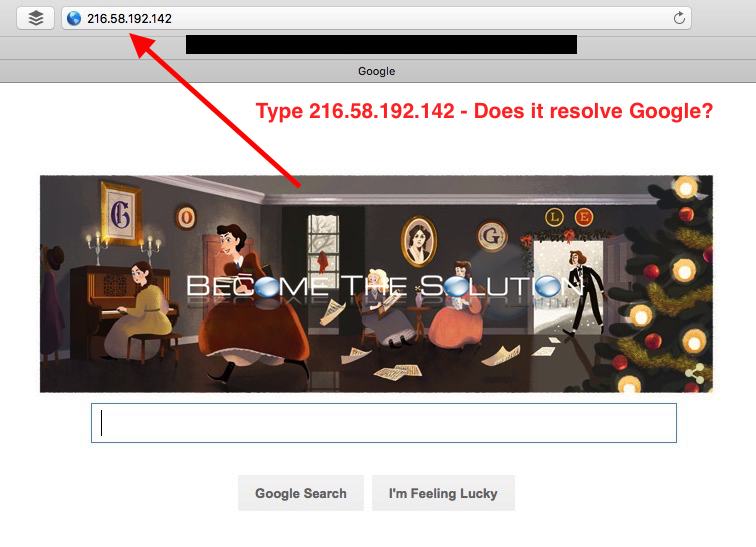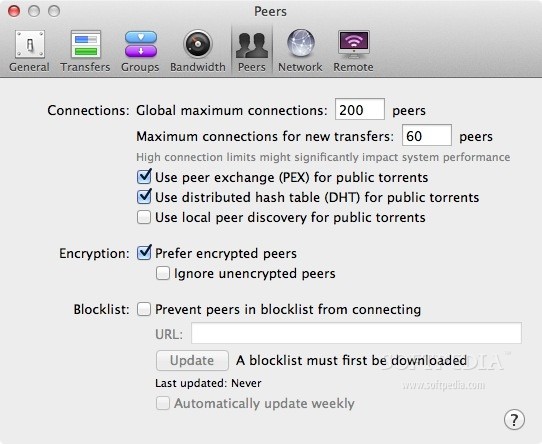

The act of entering the domain name is referred to as a DNS query and the process of finding the corresponding IP address is known as DNS resolution.ĭNS queries can be of three types: recursive query, iterative query or non-recursive query. The DNS is responsible for converting the hostname, what we commonly refer to as the website or web page name, to the IP address.

If not, the query is sent outside the local network to the Internet Service Provider (ISP). A process inside the operating system, called the “stub resolver” checks its own DNS cache to see if it has the record. Once a DNS query leaves an end user’s machine, the next stop where a match is sought is at the operating system level.

The DNS is a system of records of domain names and IP addresses that allows browsers to find the right IP address that corresponds to a hostname URL entered into it. Just like how a phonebook matches individuals to a phone number, the DNS matches a website name to their corresponding IP address. The Domain Name System is essentially a phonebook of the internet. To understand the role of the DNS Server, it is important to know about the Domain Name System. The same goes for web servers that host websites.ĭNS servers help us avoid memorization of such long numbers in IP addresses (and even more complex alphanumeric ones in the IPV6 system) as they automatically translate the website names we enter into the browser address bar into these numbers so that the servers can load the right web pages. Every device connected to the internet has a unique IP address that helps to identify it, according to the IPv4 or IPV6 protocols. The DNS server contains a database of public IP addresses and their corresponding domain names. The Domain Name System (DNS) Server is a server that is specifically used for matching website hostnames (like )to their corresponding Internet Protocol or IP addresses.


 0 kommentar(er)
0 kommentar(er)
